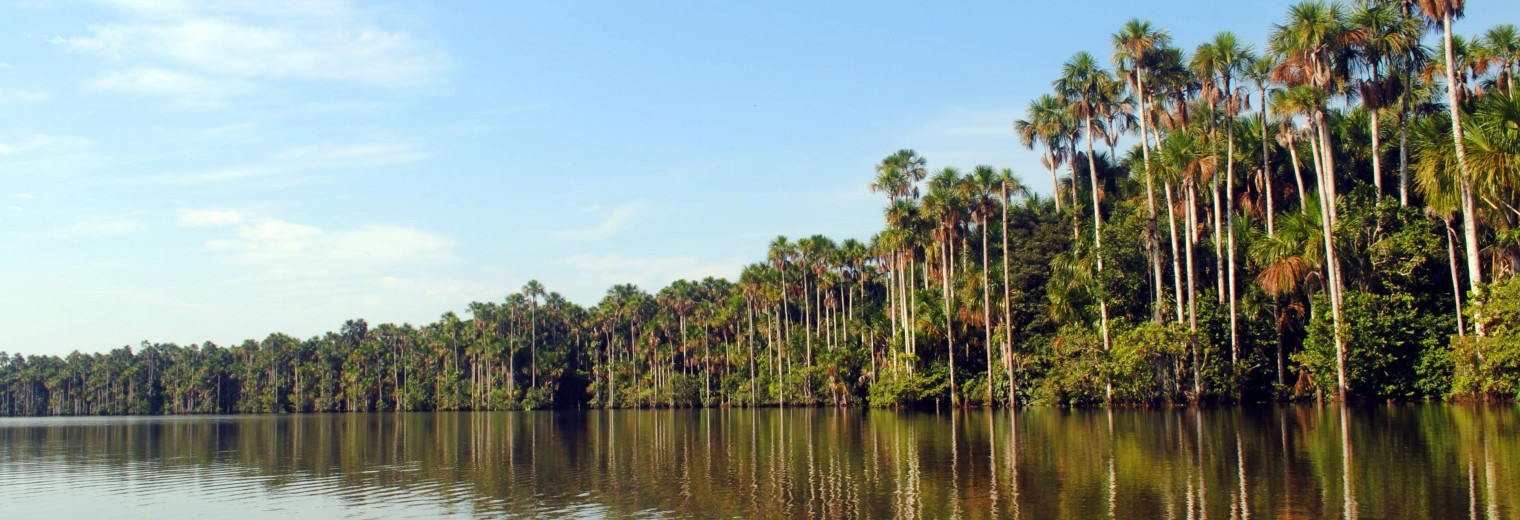The presence of tipping points are not new and examples of crossing critical thresholds are plentiful in Earth's long history. It is highly conceivable that comparable high impact regime shifts are increasingly probable in the future due to human forcing. In this week's post, I will look back in Earth's long history and discuss some of the tipping points and abrupt climate and biosphere changes.
Ancient tipping points
Abrupt Climate Change
Widespread, global in scale and abrupt climate change occurred repeatedly in the past when tipping point dynamics were evident in the Earth system through geological and paleoclimatic records.
Glaciation
Glacial-interglacial transitions between multiple stable states of the climate system are an example of past abrupt climate shifts with global impacts. Triggers for these abrupt climatic oscillations were attributed mainly to orbital forcing (Milankovitch cycles; the eccentricity, obliquity and precession of the Earth's orbit). Warming prior to transition into an interglacial period is often abrupt and exceeds magnitude of solar radiation variations. This is due to positive feedback loops of ice-albedo relationships and atmospheric CO2 when stored CO2 are released and reinforces warming. Similarly, abrupt shifts within glacial periods are also evident. D-O and Heinrich events characterizes these shifts and represents a critical transition between warm-cold states. Dansgaard-Oescheger (D-O) events are rapid warming episodes in the last glacial period (happened 25 times!) while Heinrich events are intensely cold periods in between D-O cycles (
Ahn and Brook 2008).
Younger Dryas
Possibly the most well-known example of abrupt climate change, the Younger Dryas event 14,500 years ago saw global climate abruptly shift to near-glacial conditions in a period when the world is gradually shifting to an interglacial warm state. It is largely recognized that increased freshwater discharge in the North Atlantic from Lake Aggaiz and subsequent impacts on the thermohaline circulation was a major cause of the abrupt shift. However, the forcing causing additional freshwater input is still debated (
Carlson 2010) as the outlet of Lake Aggaiz may have remained closed until after the onset of the Younger Dryas with other sources such as meltwater or bollide impacts are notable contenders.
Desertification of N.Africa
Widespread areas of North Africa and the current Sahara Desert were 'green' and were covered with vegetation and lakes until abrupt desertification marking the end of the green and wet phase around 4.5 kyr ago. Green Sahara was mainly attributed to changes in the Earth's orbit and tilt resulting in the solar irradiation and intensification of the African summer monsoon. However, positive preciptiation-vegetation feedback loops also amplifies monsoon, causes radiative cooling and suppresses convective precipitation, encouraging the spread of Sahelian vegetation and desert conditions (
Claussen 2008). It is debatable whether the desertification occurred abruptly with singular aridification events or on gradual timescales from accumulation of local changes across inhomogeneous land surface (
Bathiany et.al. 2016).
Ecological Change
Tipping points in ecological systems are less clear as it is often hard and controversial to discern between ecological change as a consequence of critical threshold or as part of the tipping mechanism (Lenton and Williams 2013). There are also widespread debate over whether tipping points in the biosphere can be truly planetary in scale. Nonetheless, there has been well documented abrupt changes in the terrestrial biosphere.
Mass Extinctions
There has been 5 mass extinctions in Earth's history with widespread extinctions occurring abruptly over short timescales. Major biotic changes can be self-reinforcing through trophic cascades after initial forcings from climate change or volcanism. There has been repeated episodes of loss in >75% of species on Earth and fundamental reorgnizations of biota (
Barnosky et.al. 2012). Having said that, tipping points in ecological systems need not require climate feedbacks to occur and can occur through intrinsic thresholds and internal feedbacks (eg. changes to predator-prey dynamics) and self-propagation (
Seekell 2016).
Cambrian Explosion
Global scale re-organization of biota ~540 million years ago with the explosion in and dominance of complex multicellular organisms over single celled microbes. This was attributed to crossing a critical oxygen level threshold (de-oxygenation) which encouraged genetic complexity and sustained metabolic processes.
Evolutionary tipping points
Another possible category of ancient tipping points lies with evolution and is based on the fact that evolutionary adaptations and changes can result in abrupt changes global in scale. Evolution of new traits, speciation and adaptive radiation can all contribute to internal dynamics which tips ecosystem to an alternative state (
Williams and Lenton 2010). Examples of this may include evolution of traits in oxygenic photosynthesis which may have caused the Great Oxidation event (~2.3 billion years ago) which caused mass extinction and a transition to 'snowball Earth' glaciation period (
Lenton and Williams 2013).
This also raises the question on whether the Anthropocene can be characterized as an evolutionary tipping point on a global scale. Global forcings in the present day include intense population growth, resource consumption, land fragmentation and climate change. All of which are already causing observable response from biota in the biosphere and the respective magnitude of change far exceeds forcings seen in past abrupt ecological shifts (
Barnosky et.al. 2012).
It is very interesting to see strikingly similar parallels in system responses (eg. AMOC freshening, Arctic ice melting, marine dead zones etc.) in play in the present day. Past abrupt shifts provide an analogy for causes of shifts and possible system response in the future.




